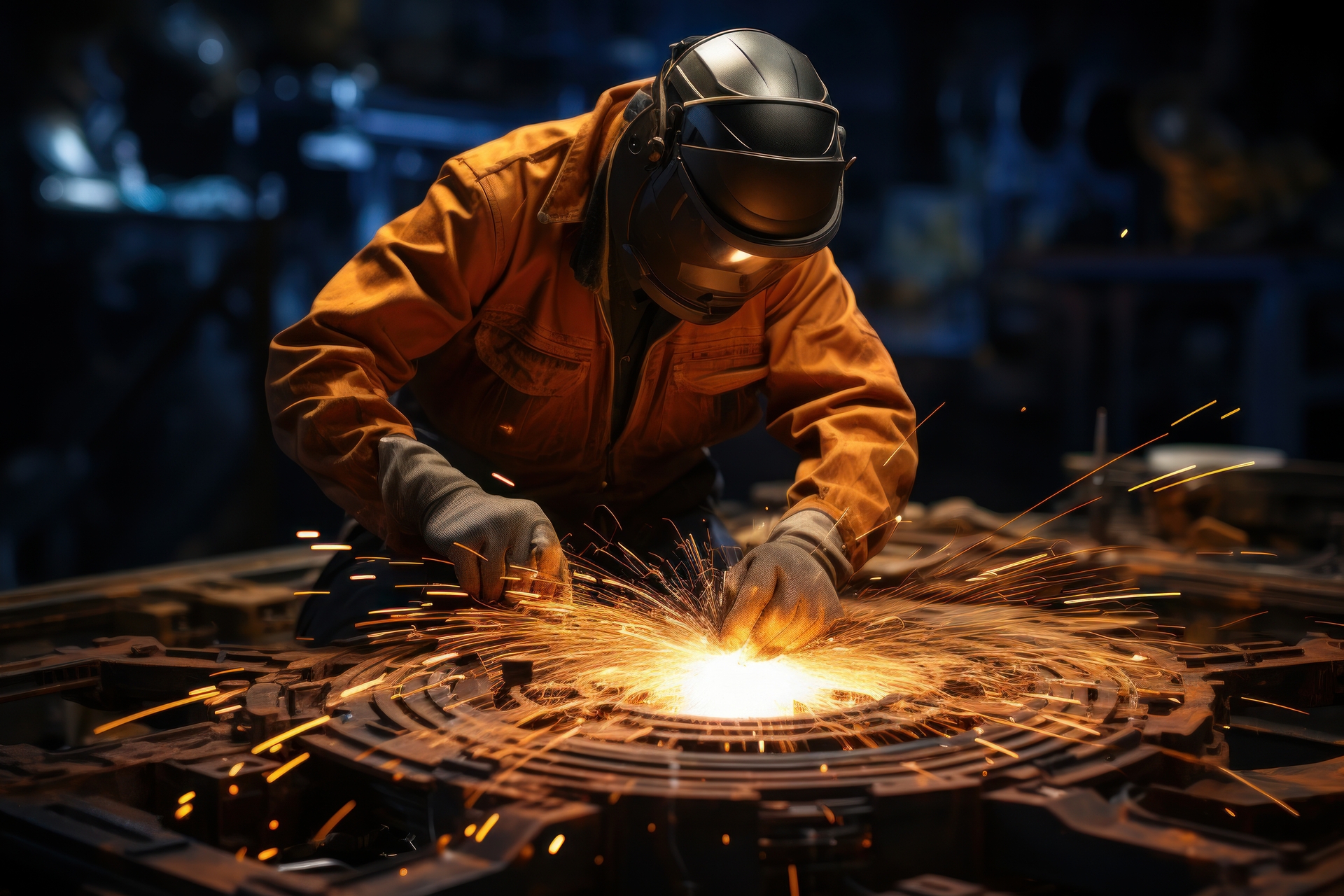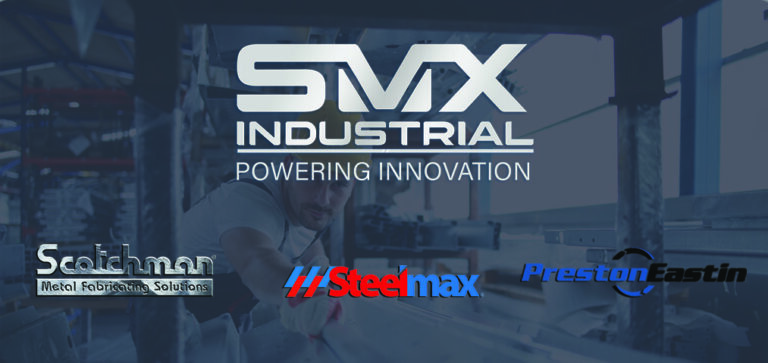Economic Outlook for The Steel Industry
The economic outlook for the steel industry is a subject of keen interest as it plays a pivotal role in various sectors, including construction, automotive, energy and manufacturing. This outlook is shaped by several factors, presenting both opportunities and challenges.
First and foremost, global steel demand is expected to remain robust. Developing nations, particularly in Asia and Africa, are urbanizing rapidly, driving infrastructure development and construction projects that require substantial steel consumption. This steady demand for steel should provide a foundation for industry growth.
Additionally, governments and industries worldwide are increasingly emphasizing sustainability. This trend has led to a focus on reducing carbon emissions and adopting more environmentally friendly production methods. The steel industry is responding by investing in cleaner technologies, such as electric arc furnaces and hydrogen-based processes, which can enhance its long-term prospects by aligning with global sustainability goals.
Despite these opportunities, several challenges loom over the steel industry. One significant concern is the issue of global overcapacity, particularly in China. Overcapacity has led to excess supply, price volatility, and distortions in global trade. Addressing this issue and achieving a more balanced supply-demand equation is critical for the industry’s stability and profitability.
Trade tensions and protectionist measures also pose risks to the steel sector. Tariffs and quotas can disrupt the flow of steel products across borders, impacting both exports and imports. The industry must navigate these uncertainties while seeking a more stable trade environment to thrive.
Technological advancements, including automation and artificial intelligence, are reshaping the industry’s workforce. While automation will boost efficiency and reduce costs, it may also lead to workforce displacement. Many think It is imperative for the industry to invest in reskilling and upskilling programs to ensure that the workforce remains adaptable and competitive.
In addition to these factors, steel prices are subject to fluctuations in raw material costs, such as iron ore and coal. Price volatility can affect the profitability of steel producers, necessitating effective risk management strategies.
Furthermore, the steel industry needs to consider evolving consumer preferences. Lightweight materials like aluminum and composites are gaining popularity in the automotive sector, potentially challenging steel’s dominance. The industry must innovate to meet these changing demands and maintain its market share.
The economic outlook for the steel industry is a complex interplay of opportunities and challenges. Strong global demand, coupled with sustainability initiatives, can provide a solid foundation for growth. However, addressing overcapacity, managing trade tensions, adapting to technological changes, and responding to evolving consumer preferences are all crucial elements that must be balanced geographically.
The steel industry saw a contraction of over 3% in steel demand in 2022 and did not make up that ground in 2023. Steel use in terms of tonnage was below levels dating back to the 1950’s. The good news is that it appears the demand for steel hit its bottom and is in the process of growth and recovery. According to The World Steel Association and Fitch ratings we will see global demand growth between 20 million – 30 million metric tons in 2024. Lower raw material prices will help achieve higher average prices and margins for steelmakers. The outlook for this sector is one of steady growth in demand and use, partially fueled by innovative and new use scenarios.



